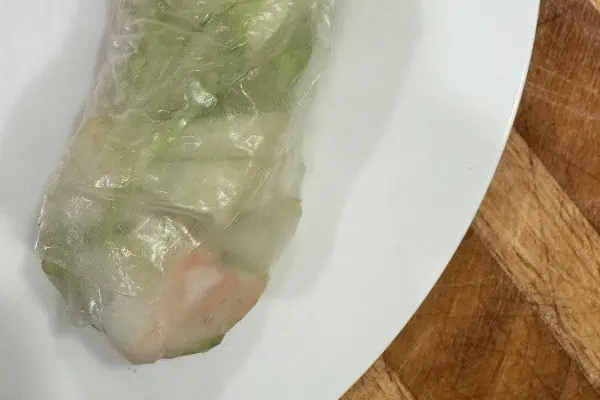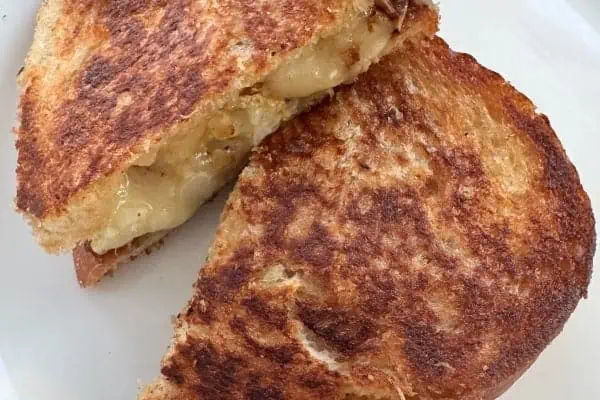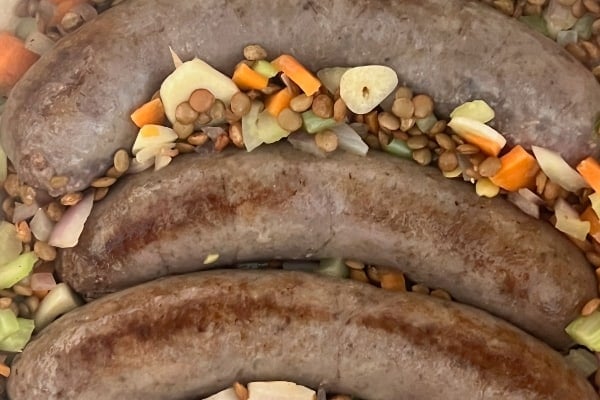Most people associate fresh vegetables with summer, especially in the Yukon.
So when my cousin came for a visit near the end of October, she wasn’t expecting anything to be growing in my garden.
She is from southern Manitoba, where seasons are longer than ours and she hadn’t heard of harvesting in October.
When she saw the broccoli she was amazed. When she tasted it in a stir fry she said it was the best broccoli she had ever tasted, probably because after a frost the starches in vegetables start to turn to sugars.
A few years ago, I decided to see how late into the season broccoli would produce. At the end of the summer, I didn’t pull it up like I usually would. I just left it.
I was surprised to be able to harvest broccoli until the first week in December. I didn’t harvest much at a time, maybe half a cup every week, but it was still producing.
It may have been a mild year or we may have had a lot of snow cover, but it was still a surprise to me.
That year, I mentioned this to my neighbour, Brian. He is also a farmer and gardener and I thought he might be interested. Turns out he has had the same experience with kale.
I have tried to duplicate this and some years are better than others. This fall has been very long and not as cold as it could have been.
I have seen some years where we have a very cold snap in October, sometimes getting as low as -30. We haven’t had that this year. Not yet, at least.
Winter gardening is nothing new. It has been done for years, although it usually includes a cold frame or an unheated greenhouse. I have neither, so I rely on the possibility of milder weather and the abilities of the plant.
Some plants can deal with cold and frost more efficiently than others. Broccoli is one of those plants. In fact, most of the cabbage family has been used in winter gardens.
But other crops have been tried as well.
Cold season crops are used in winter gardens where the temperatures don’t get as cold as they do here. In those places, their winters are just a bit cooler than our summers.
The leaves of the cabbage family are all very similar. They tend to be quite large and thick. The thickness helps to keep the frost crystals from penetrating the leaf and causing frost damage. This allows the plant to function, even at a lower temperature.
I knew that gardening in the Yukon would have its challenges, but I hadn’t expected the rewards of a winter harvest.
Though we won’t be able to garden all winter, having some late-season cold crops can extend the taste of summer, even just a little bit.




